July is known as Ultraviolet Safety Month, a time to raise awareness about the potential dangers of ultraviolet (UV) rays and the importance of protecting ourselves in the workplace. At STC (Safety Training & Compliance), we are dedicated to creating safer workplaces and preserving human life through workplace safety. In this blog, we shed light on UV safety, providing valuable information and guidelines to ensure a safe working environment.
Understanding the Hazards of UV Rays
Ultraviolet rays are invisible, high-energy rays emitted by the sun. While some exposure to sunlight is beneficial for the production of vitamin D, excessive exposure to UV rays can lead to harmful effects. Prolonged exposure to UV radiation can cause skin damage, eye injuries, and even increase the risk of skin cancer. It is crucial for both employers and employees to be aware of these hazards and take appropriate measures to minimize the risks.
Protective Measures for UV Safety
Personal Protective Equipment (PPE): Implementing the use of appropriate PPE is essential to safeguard against UV radiation. Protective clothing, including long-sleeved shirts, pants, and wide-brimmed hats, can effectively shield the sun. Additionally, using UV-protective eyewear with proper coverage can protect the eyes from potential damage.
Sunscreen Application: Encourage the use of broad-spectrum sunscreen with a sun protection factor (SPF) of 30 or higher. Employees should apply sunscreen generously to exposed skin areas, at least 15 minutes before going outdoors. Regular reapplication is crucial, especially if working outdoors for extended periods.
Shade and Breaks: When feasible, provide shaded areas for employees to take breaks. Encourage frequent breaks in shaded areas to minimize direct exposure to the sun during peak UV hours, usually between 10 am and 4 pm.
Creating a Culture of UV Safety
Promoting UV safety goes beyond implementing guidelines; it requires fostering a culture of awareness and responsibility within the workplace. Conduct regular training sessions to educate employees about the dangers of UV rays and the importance of UV safety practices. Encourage open communication regarding any concerns or observations related to UV exposure.
Ultraviolet Safety Month reminds us that protecting ourselves from UV rays is crucial for maintaining workplace safety and overall well-being. By following the guidelines mentioned above and fostering a culture of UV safety, we can significantly reduce the risk of UV-related hazards. At STC, we are committed to providing educational resources and training to help you create a safer work environment. Want to learn more about UV safety? Check out our blog today!
Photo Sourced from STC

